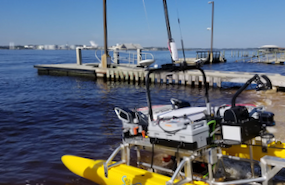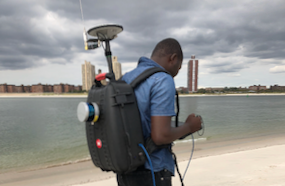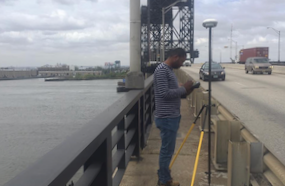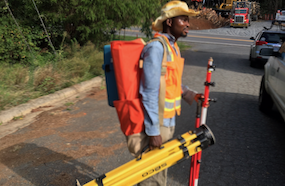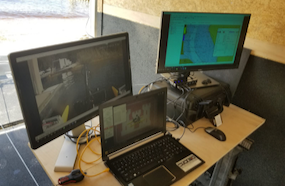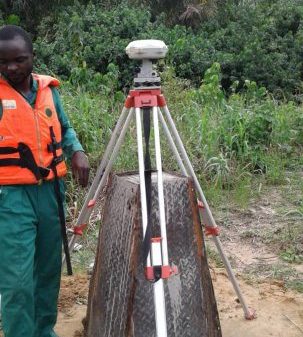Building on many years of expertise in the industry and with multiple licensed surveyors fully on board, HHLS meets your surveying needs in line with your schedule. Our range of service is diverse spanning major areas of hydrological and land surveying. In essence, we are able to meet most of your surveying services needs. Some of our core operational areas include:
- Hydrographical Survey
- LiDAR Survey
- 3D Laser Scanning
- Transportation Survey
- Land Survey
- Geospatial Asset Management
